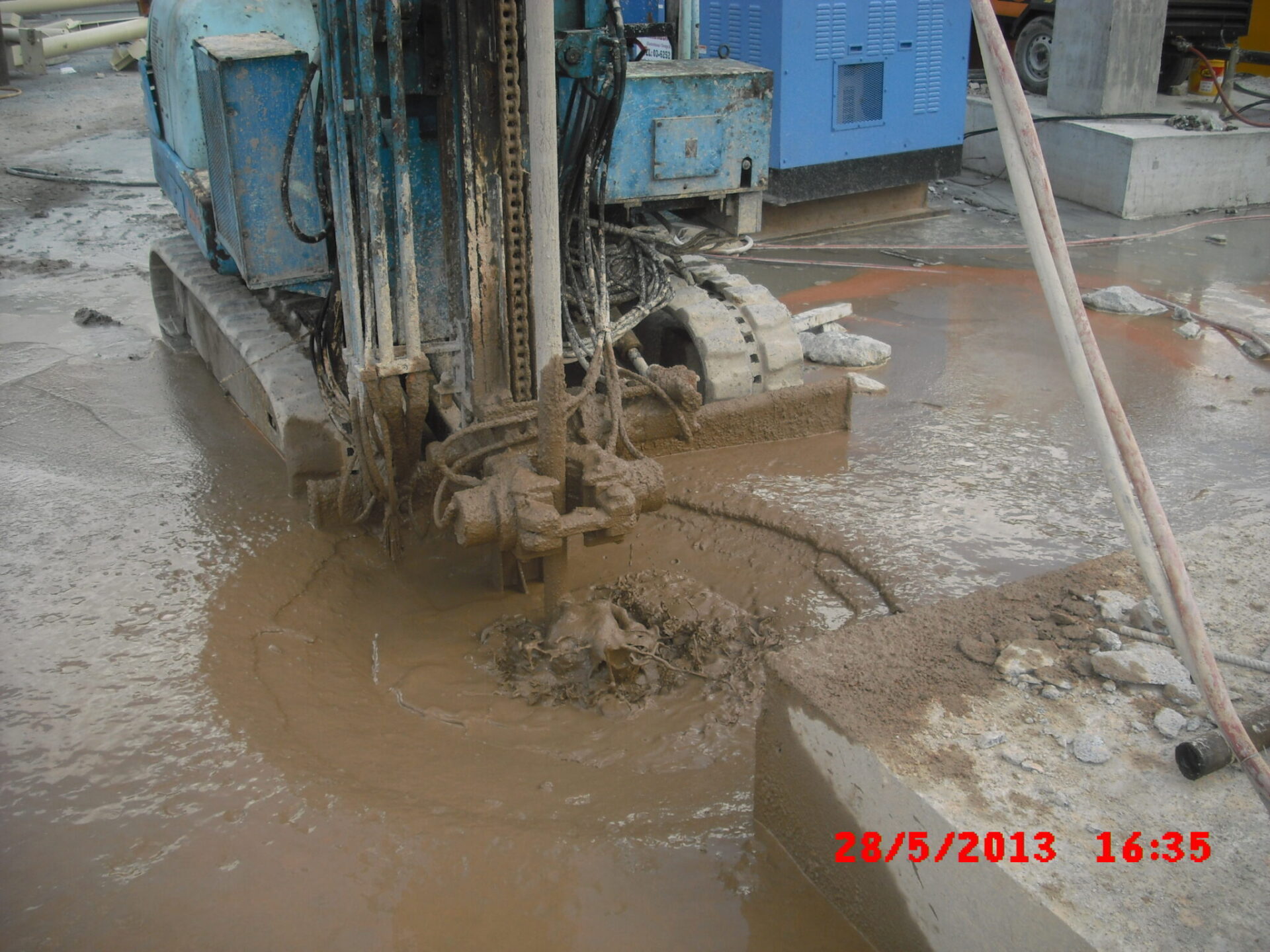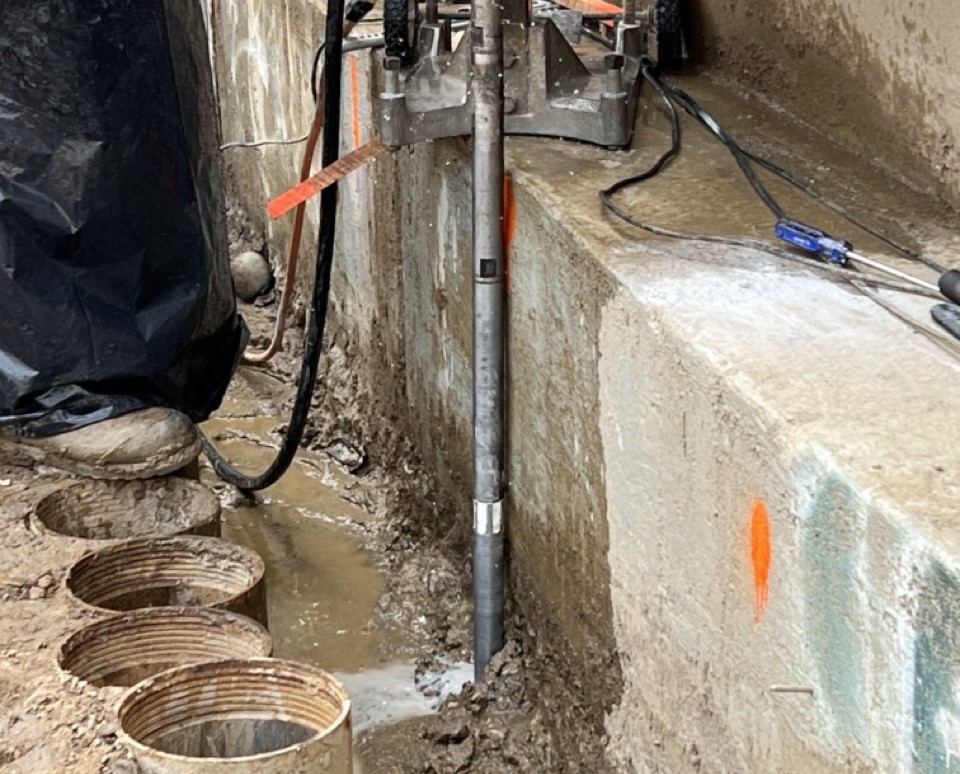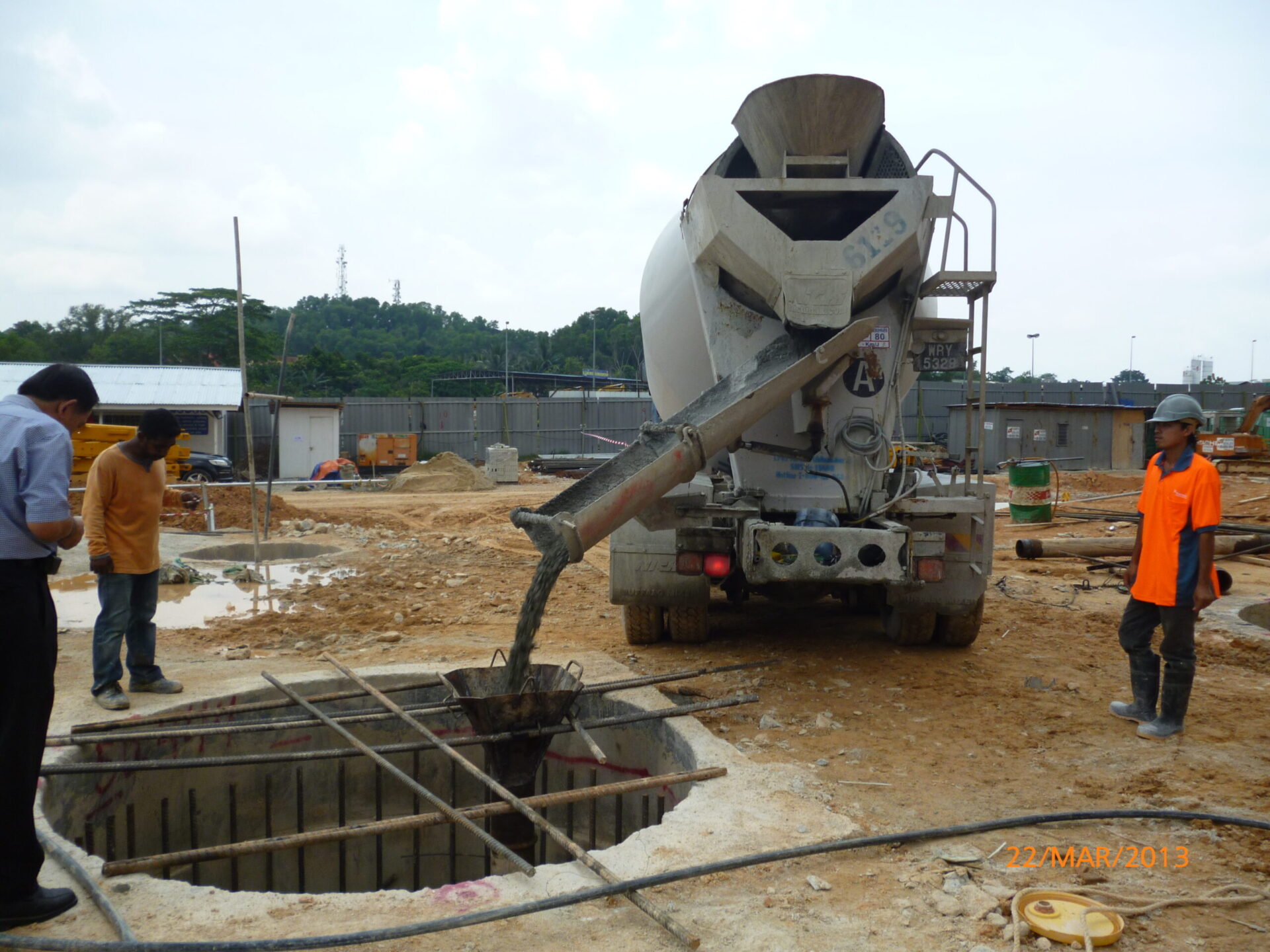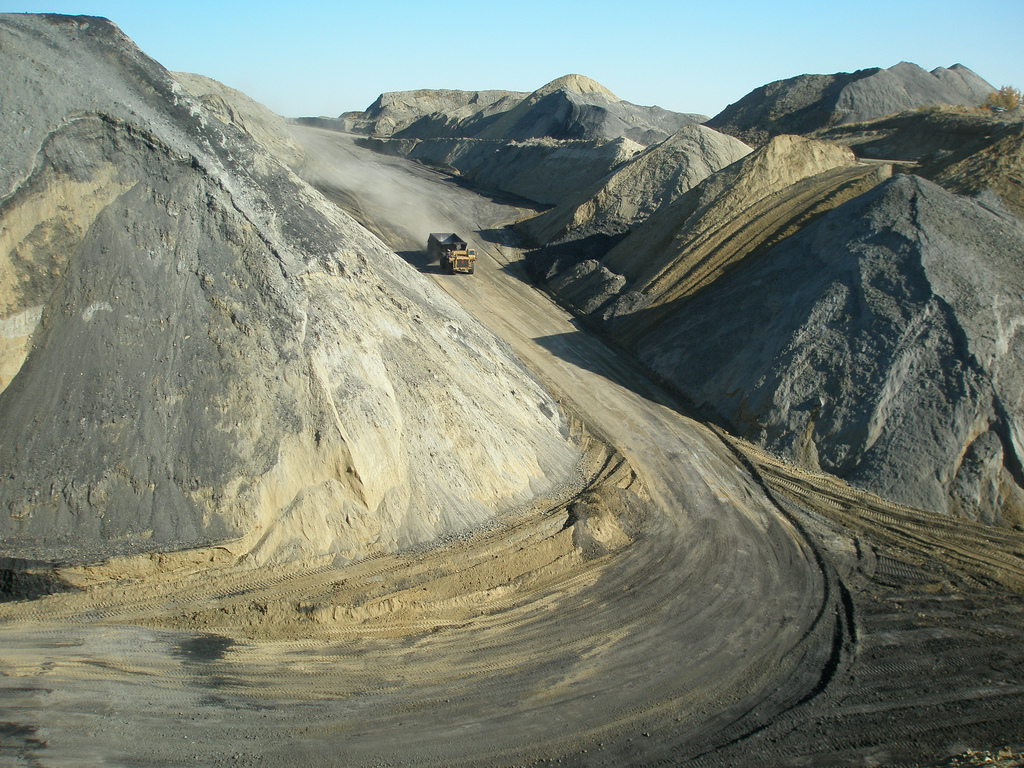Ground improvement enhances ground properties for better load-bearing capacity, reduced settlement, and issue mitigation, and is typically performed prior to construction projects.

Dam Site Grouting
Dam site grouting involves injecting cementitious or chemical grout into the ground to strengthen and seal the foundation, enhancing stability and reducing water permeability for the dam’s overall structural integrity.
Ground Improvement Techniques
Compaction grouting and jet grouting are essential ground improvement techniques in construction and geotechnical engineering. Compaction grouting involves injecting mortar-based grout to stabilize foundations and increase soil density, while jet grouting uses high-pressure jets to form soil-cement columns, enhancing load-bearing capacity and controlling ground conditions. Both methods are vital for ensuring the stability of structures on challenging terrain.


Pressure Grouting
Pressure grouting involves forcing a fluid grout under pressure into the ground to fill voids, fractures, or gaps, hence improving soil or rock stability in construction projects by providing structural support and preventing potential subsurface concerns.
Stone Column
Stone columns are carefully designed vertical constructions made of compacted stone or gravel that are strategically placed in the ground. These columns increase bearing capacity, reduce settlement, and promote overall soil stability, making them essential components in construction projects.

Reclamation and Site Remediation
Provide expert assistance in soil reclamation and site remediation post-demolition to rehabilitate the environment and facilitate future construction projects.


Stone Pitching
Stone pitching safeguards embankments and slopes through the strategic arrangement of large interlocking stones, oriented with their flattest side upward, creating irregular steps. Medium-sized stones embedded in mortar facilitate the even distribution of water flow across the surface and around protruding rocks, while dissipaters are strategically positioned to mitigate energy concentration at specific points.

